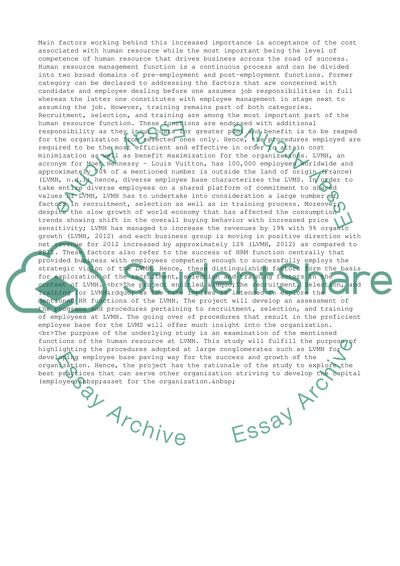Cite this document
(Selection and Training Methods of LVMH Case Study, n.d.)
Selection and Training Methods of LVMH Case Study. Retrieved from https://studentshare.org/management/1468168-the-recruitment-selection-and-training-methods-of
Selection and Training Methods of LVMH Case Study. Retrieved from https://studentshare.org/management/1468168-the-recruitment-selection-and-training-methods-of
(Selection and Training Methods of LVMH Case Study)
Selection and Training Methods of LVMH Case Study. https://studentshare.org/management/1468168-the-recruitment-selection-and-training-methods-of.
Selection and Training Methods of LVMH Case Study. https://studentshare.org/management/1468168-the-recruitment-selection-and-training-methods-of.
“Selection and Training Methods of LVMH Case Study”, n.d. https://studentshare.org/management/1468168-the-recruitment-selection-and-training-methods-of.


